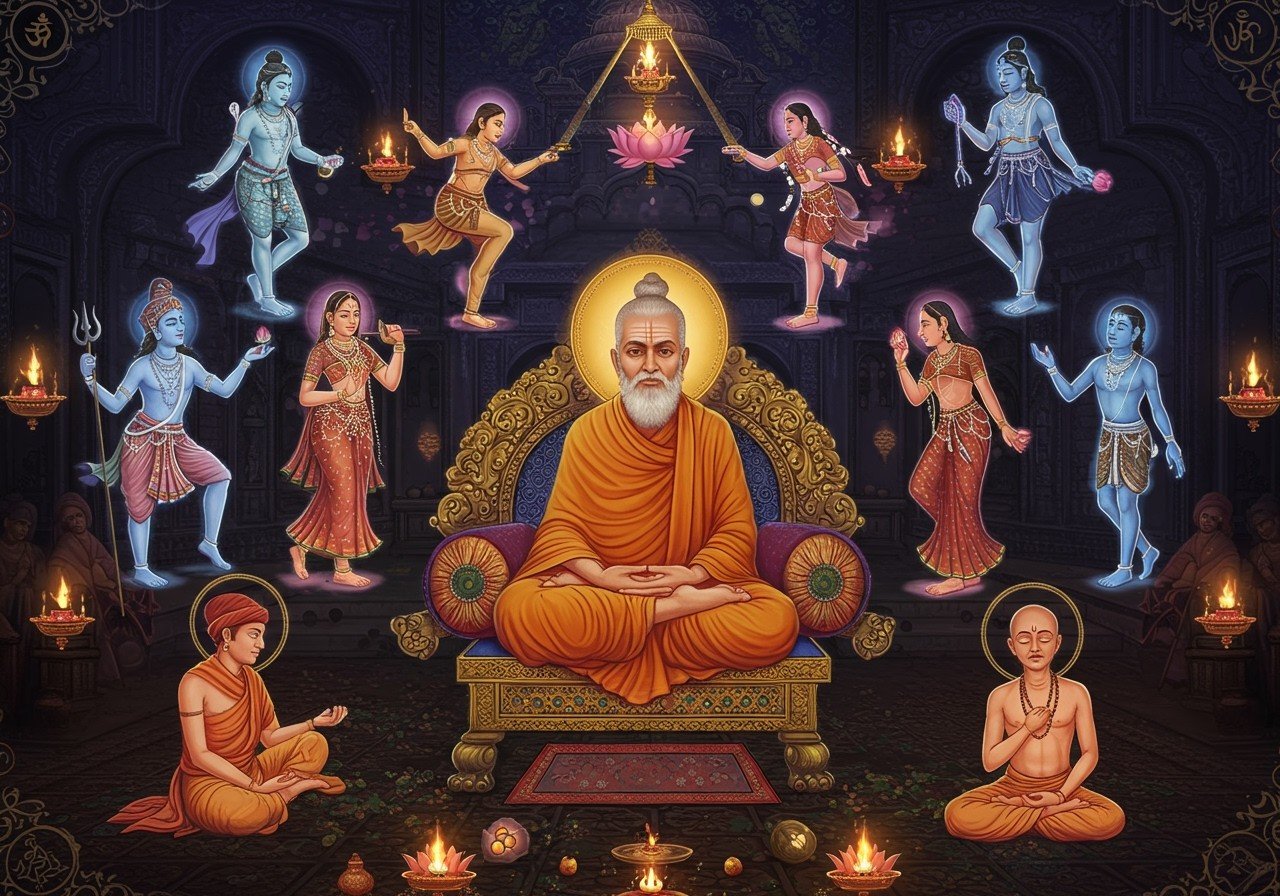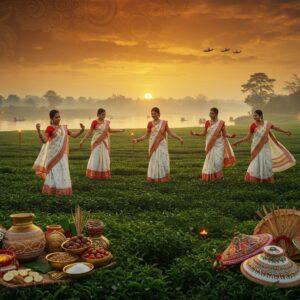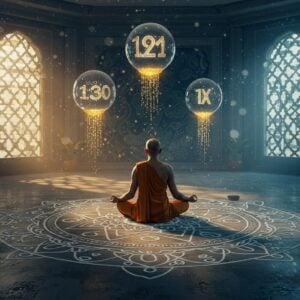
Abhinavagupta’s Rasa Theory is a cornerstone of Indian aesthetics, significantly expanding upon Bharata Muni’s Natya Shastra. This 10th-century Kashmiri philosopher and aesthetician infused Rasa with profound philosophical and spiritual depth, drawing heavily from Kashmir Shaivism. Let’s explore the key facets of his theory.
Understanding Rasa: The Essence of Aesthetic Delight
Rasa, often translated as “flavor” or “essence,” signifies the aesthetic experience evoked by art and literature. Abhinavagupta’s theory delves into how this experience transcends the ordinary, offering a glimpse into a higher reality.
- Rasa as Aesthetic Experience: Abhinavagupta defines Rasa as a unique form of consciousness, an aesthetic relish distinct from mundane feelings. This “Alaukika” experience transcends everyday sensations, offering a taste of the extraordinary. It’s a shift from the ordinary to the extraordinary, a taste of something beyond the mundane.
- Subjective Engagement of the Spectator: Rasa isn’t merely presented; it arises from the dynamic interplay between the artwork and the audience. The spectator’s active emotional and intellectual involvement is paramount for Rasa to manifest. It’s a participatory experience, not passive observation, demanding the audience’s active participation.
- The Role of the Sahrdaya: The “Sahrdaya,” the empathetic and sensitive spectator, is essential. Their capacity for deep emotional connection and understanding allows them to fully experience Rasa. This empathetic engagement creates a “commune of feelings,” essential for a rich aesthetic experience. Only a receptive heart truly grasps the essence of Rasa.
- Rasa and Bhavas: Rasa, the ultimate aim of a literary piece, is brought forth by bhavas (emotions). These bhavas evoke aesthetic emotions, and a qualified person can experience a pure emotion devoid of particularities. The interplay of bhavas creates a refined emotional experience, transcending the specific and touching the universal.
Want to enhance your spiritual journey and dive deeper into the world of Rasa? Explore Rudraksha and Tulsi and Yantras and Yagyas, and discover how these sacred elements can amplify your spiritual practices.
Transcendence and Spiritual Elevation Through Art
Abhinavagupta viewed artistic engagement as a pathway to spiritual growth, a connection to the divine. This perspective elevates art beyond mere entertainment.
- Transcendence and Spiritual Elevation: Engaging with art becomes a meditative practice, leading to moments of transcendence and bliss (ananda). Rasa provides a glimpse into a higher reality, transforming consciousness. It becomes a spiritual journey, an exploration of the self and the divine.
- Rasa as Revelation: Art becomes a dynamic unfolding of deeper truths, not just emotional reception. Aesthetic experience, according to Abhinavagupta, is a path to enlightenment, revealing profound insights into reality. It becomes a form of self-discovery and spiritual exploration.
- Rasa and Dhvani: Abhinavagupta championed the theory of Rasa Dhvani, considering it the soul of poetry. Rasadhvani emphasizes the reader’s response, placing them at the center of literary criticism. This interactive understanding of literature underscores the dynamic exchange between art and audience.
- Rasa and Santa Rasa: Abhinavagupta introduced Santa Rasa (peace) as the ninth Rasa. As the essence of all other Rasas, Santa Rasa integrates Bharata’s Rasasutra with Patanjali’s Yoga, fostering aesthetic detachment and enhancing the savoring of all Rasas. This integration bridges aesthetics and spiritual practice.
- Rasa as Sui Generis: Rasa is unique and self-generating (sui generis). It is a distinct element of consciousness, defying conventional cause-and-effect explanations. It’s an experience that emerges spontaneously, transcending ordinary causal relationships.
Enhance your understanding with authentic ritual items. Consider exploring Sarbosadhi, Mahosadhi, and other sacred items available at poojn.in to deepen your connection to these practices.
Poojn.in: Your Gateway to Experiencing Rasa
Poojn.in, India’s leading provider of cultural goods and services, offers a wide range of products that can enhance your exploration of Rasa and Indian aesthetics. Browse through our collection of Green Mung Dal, Jaifal (Nutmeg), Elaichi (Cardamom), and Clove (Laung) for your puja needs. Discover how these products can elevate your spiritual practices.
Embracing Abhinavagupta’s Vision: Art as a Path to Enlightenment
Abhinavagupta’s theory encourages us to view art as a transformative journey, leading to emotional and spiritual fulfillment. By becoming Sahrdayas, we open ourselves to the profound potential of art, connecting with the divine essence within ourselves and the universe. This approach elevates art beyond entertainment, transforming it into a powerful tool for self-discovery and spiritual awakening.


